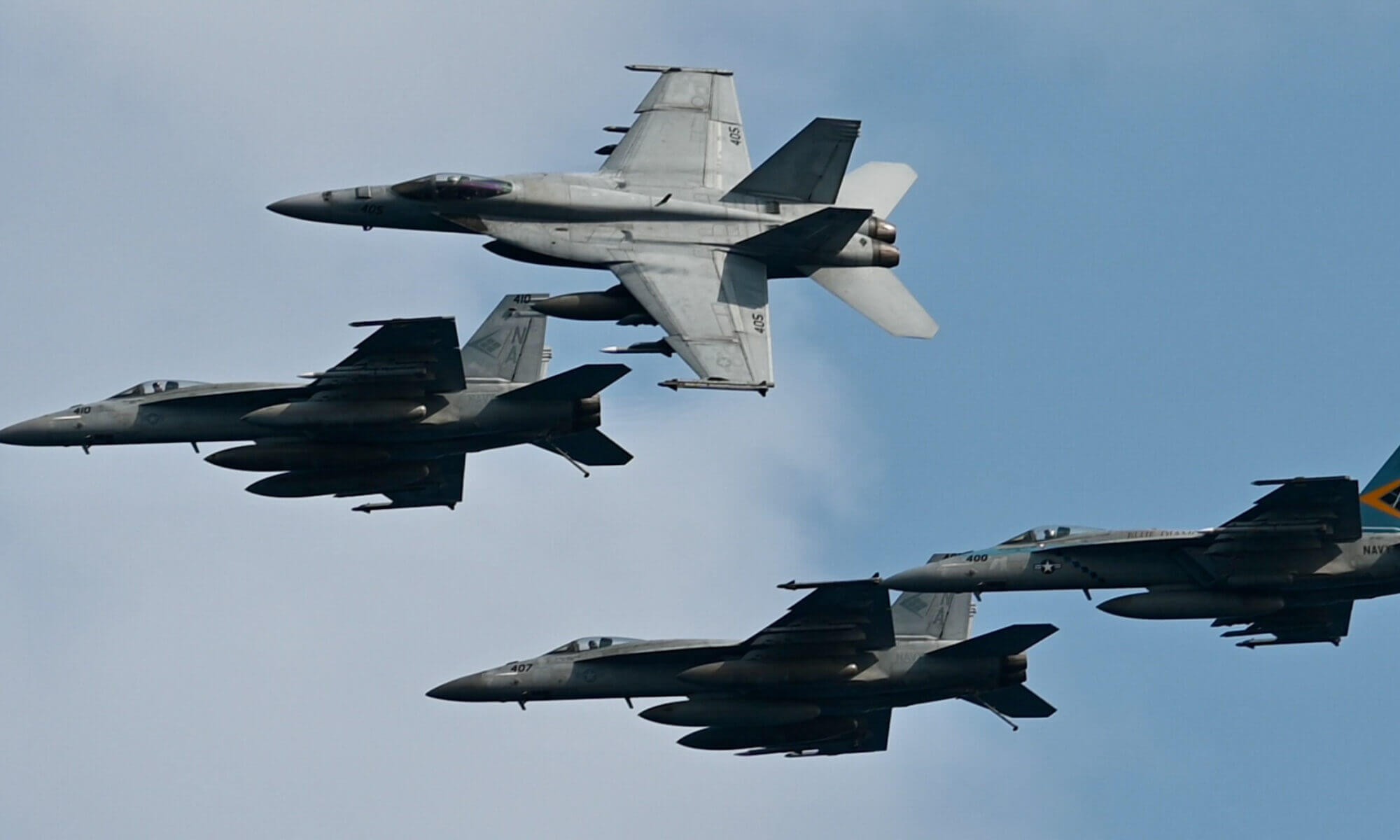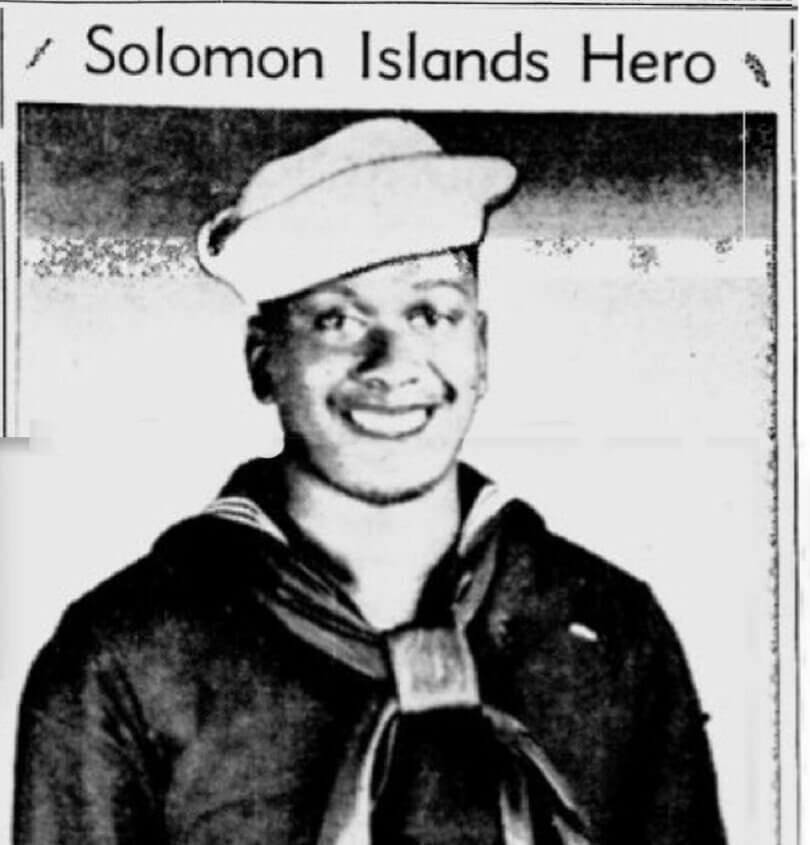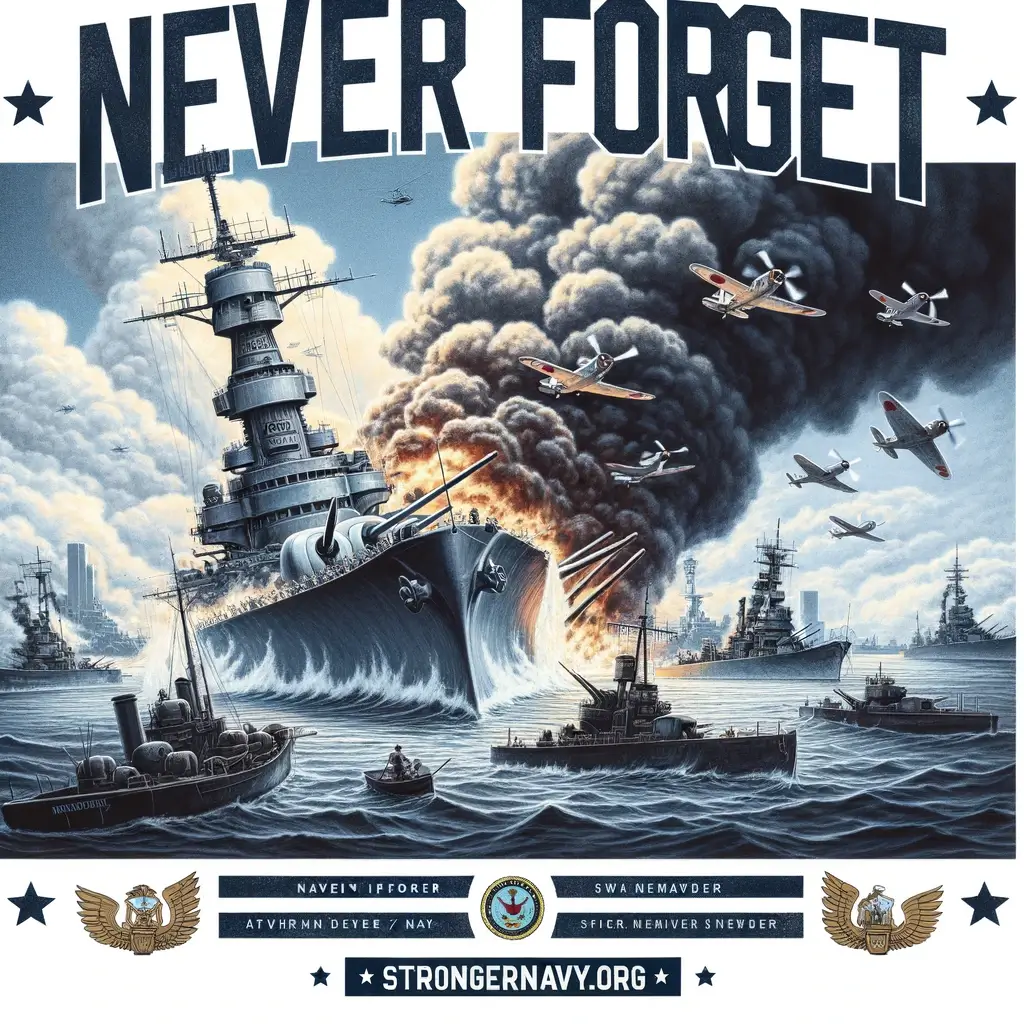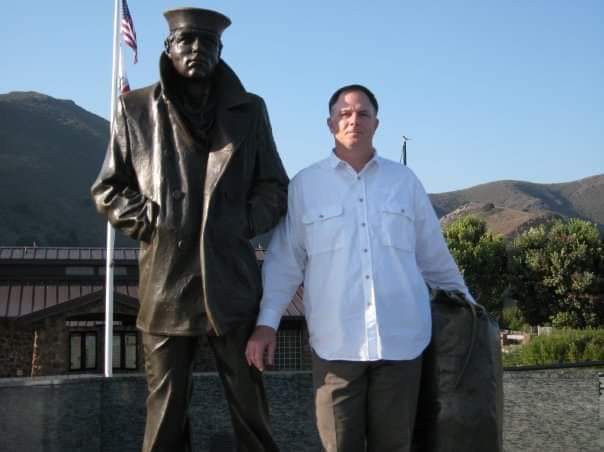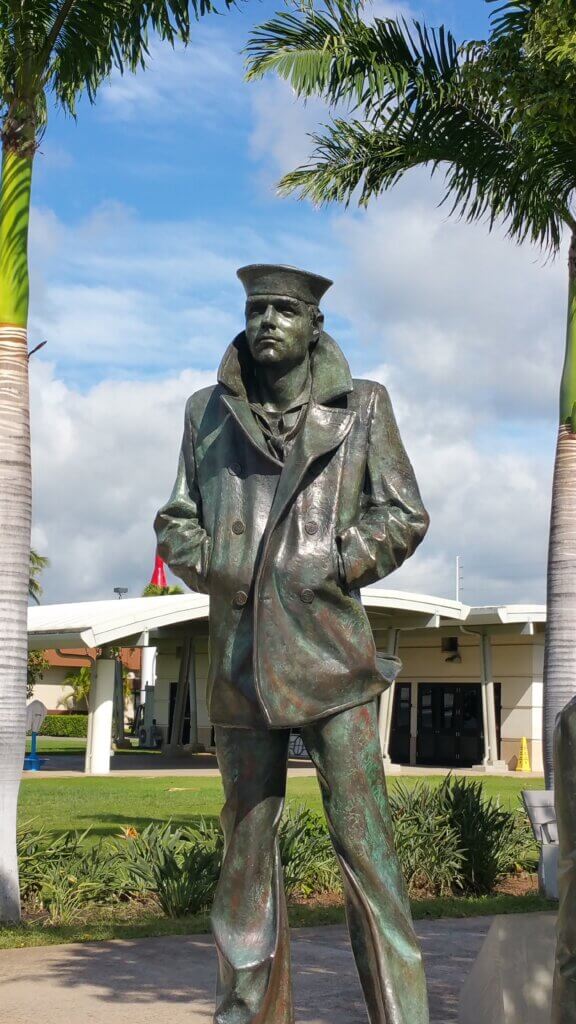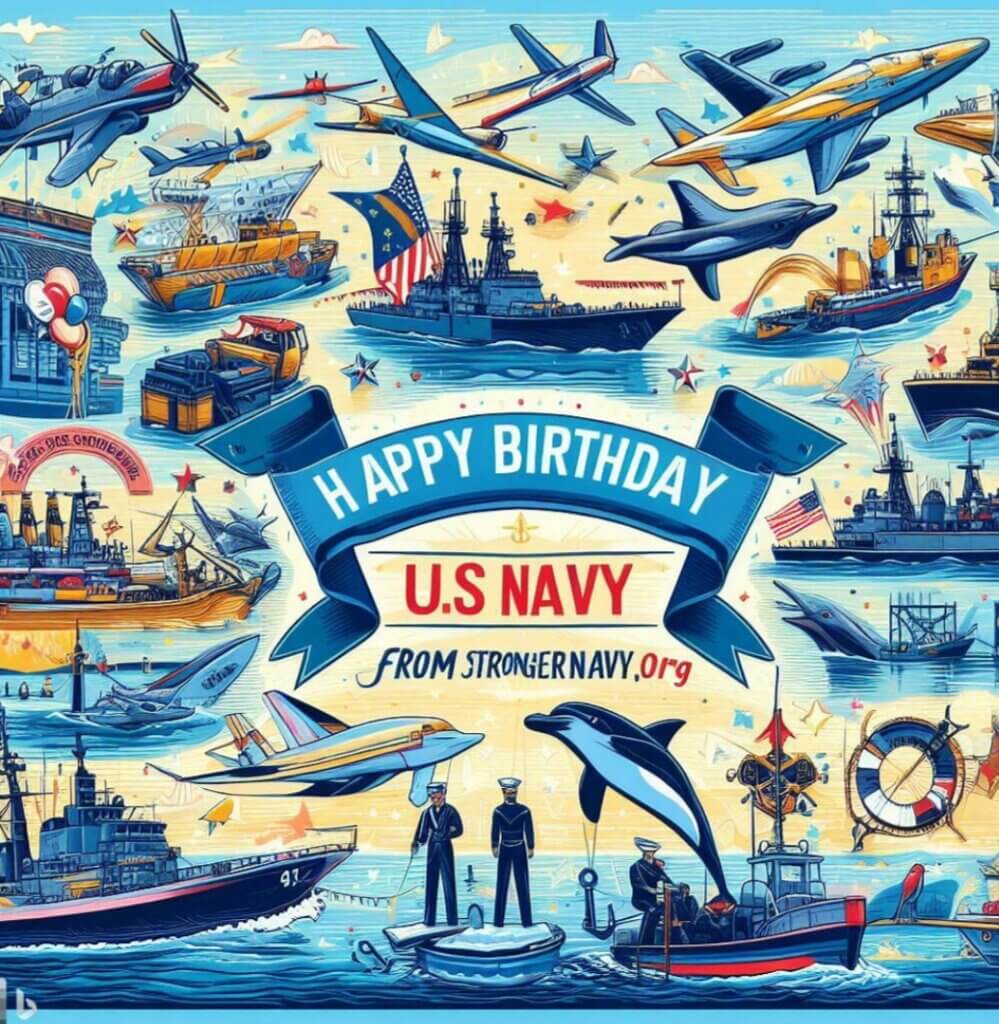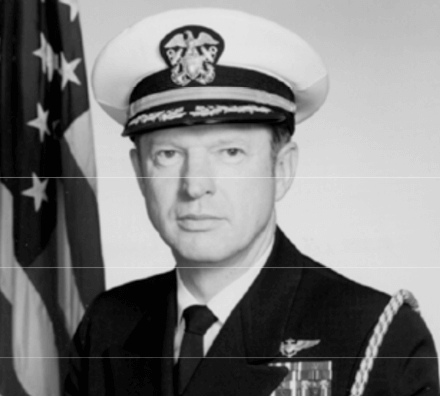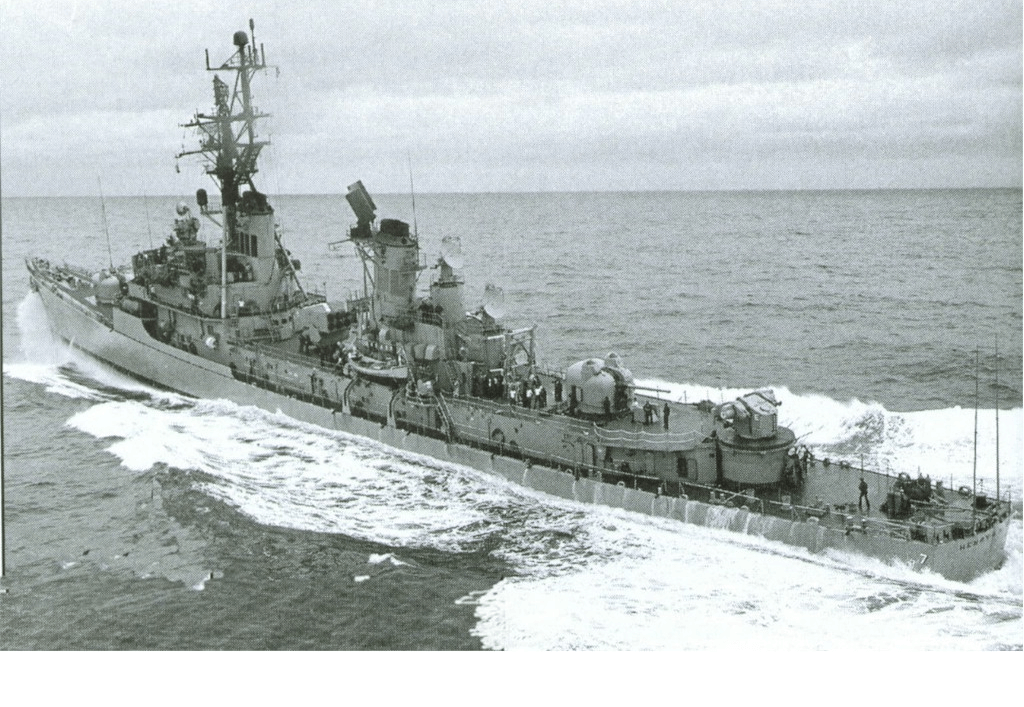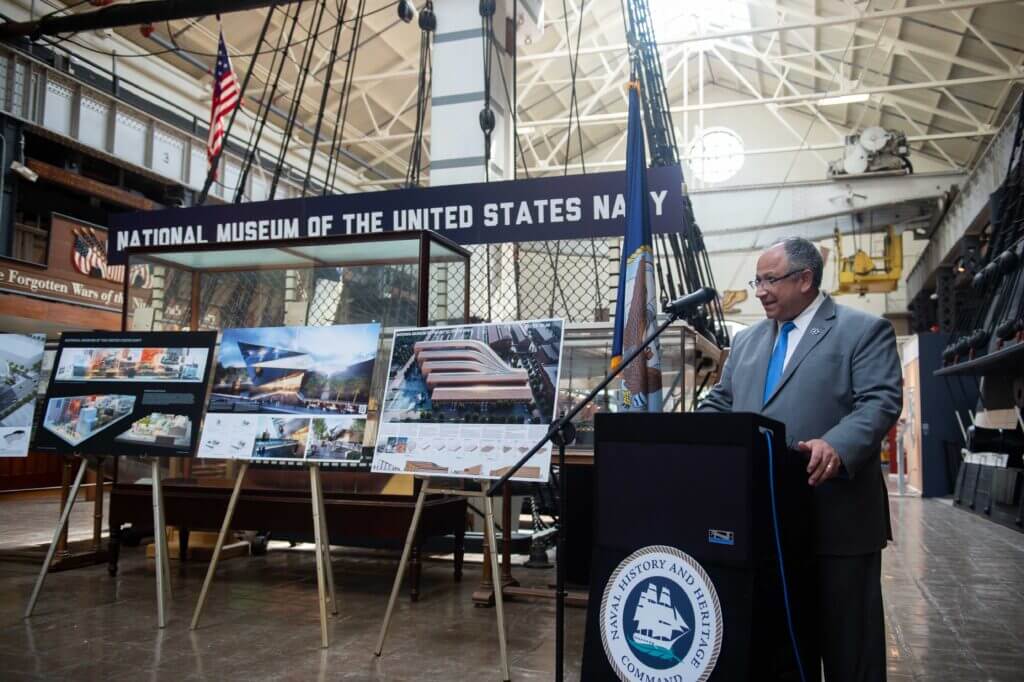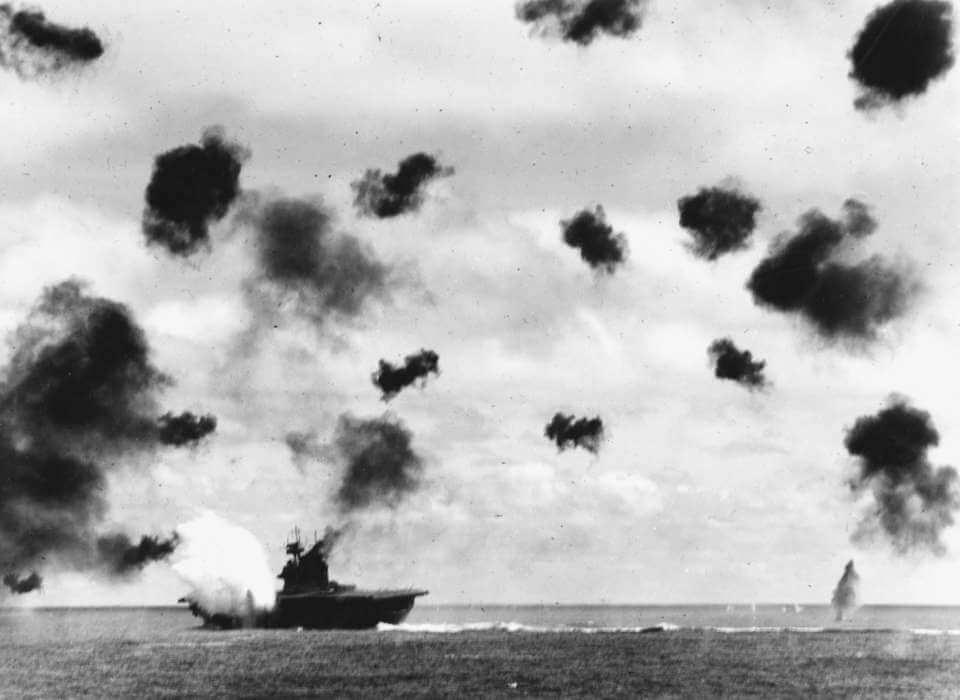
As we commemorate the anniversary of the Battle of Midway, it is essential to reflect on the significant impact this naval battle had on the course of World War II and the enduring lessons it imparts to our world today. The Battle of Midway, fought from June 4 to June 7, 1942, stands as a testament to the strategic brilliance, courage, and sacrifice of the U.S. Navy.
Admiral Nimitz’s Strategic Vision
Admiral Chester Nimitz’s masterful battle plan was informed by critical intelligence breakthroughs. By decrypting Japanese messages, U.S. intelligence pinpointed the exact timing and direction of the Japanese attack. This foresight allowed Nimitz to position the U.S. carriers, Enterprise, Hornet, and Yorktown, strategically to intercept the Japanese fleet. The plan hinged on precise coordination and timing, demonstrating the importance of intelligence and preparation in military strategy.
Adaptability in the Face of Adversity
Despite the meticulous planning, the execution on June 4, 1942, did not go as smoothly as intended. Rear Admiral Frank Jack Fletcher’s fleet found itself out of position, and the concentration of force initially failed. However, the quick thinking and decisive actions of Rear Admiral Raymond Spruance and the aviators from the Enterprise and Hornet turned the tide. Their ability to adapt and launch a critical counterattack at maximum range was pivotal in securing victory. This adaptability under pressure is a vital lesson for today’s leaders, illustrating that even the best-laid plans must be flexible to respond to unforeseen challenges.
The Unsung Heroes
The brave pilots who flew from Midway played a crucial role in the battle’s outcome. Their sacrifice and determination disrupted the Japanese operations, drawing down their combat air patrol and creating an opening for subsequent U.S. attacks. These unsung heroes remind us of the importance of every individual’s contribution to a larger mission. Their actions underscore the value of courage and selflessness, qualities that remain essential in any collective effort, whether in military or civilian life.
Insights from Dale A. Jenkins
In his detailed account, “Diplomats & Admirals,” Dale A. Jenkins offers profound insights into the strategic and human elements that defined the Battle of Midway. Jenkins’ work highlights the intricate interplay between diplomacy and military strategy, and the critical decisions made by leaders under pressure. His analysis provides a richer understanding of the battle’s complexities and the enduring lessons it offers.
Relevance to Today’s World
The Battle of Midway teaches us that preparation, intelligence, adaptability, and individual valor are timeless components of success. In our contemporary world, where challenges are multifaceted and dynamic, these lessons are more relevant than ever. As we navigate global uncertainties, the principles exemplified by the Battle of Midway can guide us in forging resilient and effective strategies.
As we honor the memory of those who fought and sacrificed at Midway, let us also draw inspiration from their legacy. Their story is a powerful reminder that with determination, ingenuity, and unity, we can overcome formidable challenges and secure a better future.
Conclusion
The Battle of Midway is not just a historical event; it is a beacon of strategic brilliance and human resilience. By learning from the past, we can better navigate the present and future, ensuring that the sacrifices of those who came before us continue to illuminate our path forward.
